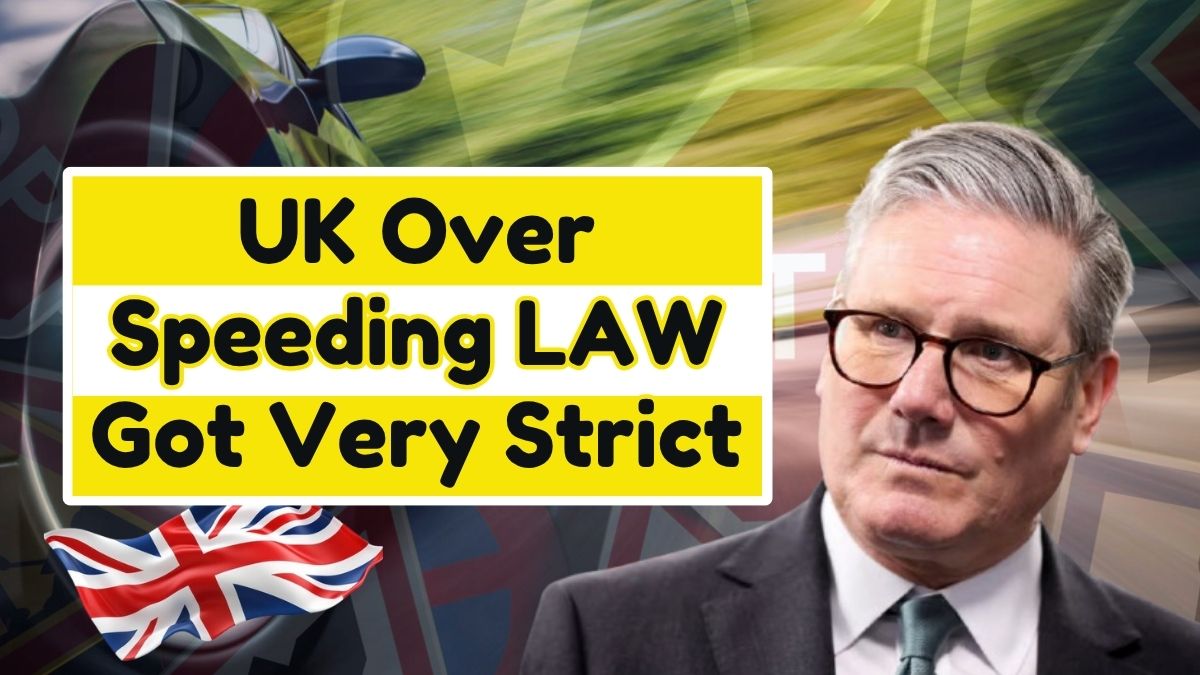The Department for Work and Pensions will introduce new bank pension rules that apply from 11 December 2025. These measures are designed to keep pension money safe, reduce fraud, and improve the reliability of payments. More than 12 million people receive pension income through State Pension, Pension Credit, and related DWP schemes. The updated rules will touch almost all of them, either through new checks or changes to how payments are made.
This guide explains the background to the reform, what changes on the ground, who must take action, and how to stay compliant. It also sets out the timeline, practical steps you can complete in advance, and an FAQ section for quick reference.
Why the new rules are being introduced
Criminals have targeted pensioners with scams and identity theft, sometimes by redirecting payments or by opening or taking control of accounts that do not belong to them. The new framework tightens verification at the point where money is paid, and it gives banks and the DWP clear tools to confirm that the right person controls the account that receives the funds. The goal is simple. Pension income should reach only the rightful recipient, on time, and without avoidable risk.
Quick Summary
Item |
Detail |
|---|---|
Policy change |
New DWP bank pension rules and verification standards |
Start date |
11 December 2025 |
Who is affected |
State Pension, Pension Credit, and other DWP pension benefit recipients |
Core aim |
Stronger anti fraud checks and reliable payment delivery |
Required action |
Mandatory bank account and identity verification, current contact details |
Payment method |
Electronic transfers through BACS or Faster Payments |
Official website |
Who must comply
The rules cover a wide range of pension recipients and account types.
- People receiving the UK State Pension or Pension Credit
- Claimants of DWP administered retirement related benefits
- UK residents who have pension money paid to a UK bank account
- Pensioners who live overseas but use a UK bank to receive their pension
- People who receive pension payments into a joint bank account
If you receive any DWP pension benefit into a bank account, you should assume that you must complete the new verification steps.
What is changing from 11 December 2025
The reform focuses on five main areas. Each is intended to reduce fraud and improve payment continuity.
1) Mandatory bank account verification
You will need to confirm your identity and the details of the account that receives your pension. Acceptable documents typically include a valid passport or driving licence and recent proof of address. The DWP and banks will use these details to match the payee with the account holder.
2) Regular activity checks on pension accounts
Banks and the DWP will run scheduled or random checks to confirm that the account remains active and under your control. These checks are designed to spot dormant accounts or suspicious changes before money goes missing.
3) Electronic payment methods only
Paper based options such as giro cheques are being removed for pension payments. Standard electronic rails such as BACS and Faster Payments will be used to speed up delivery and to provide clearer tracking.
4) Closer review of joint accounts
Payments to joint accounts will receive additional scrutiny. Where a joint account is used, all account holders may be asked to confirm consent and provide verification details.
5) Current contact details for two step checks
You should keep a working phone number and email address on file. These details allow two step verification and prompt contact if there is a payment query or a fraud alert.
Side by side view of the key rule updates
Rule area |
Earlier approach |
New approach from 11 December 2025 |
|---|---|---|
Bank account verification |
Often minimal or one time |
Mandatory identity and account verification with official documents |
Account activity checks |
Rare or triggered by a known issue |
Scheduled or random checks across pension receiving accounts |
Payment method |
Giro cheques and bank transfers |
Electronic BACS or Faster Payments only |
Joint accounts |
Limited routine checks |
Consent refresh and enhanced monitoring for all holders |
Contact details |
Updates encouraged |
Current phone and email required for security checks |
Overseas payments |
Broad set of routes |
Focus on UK regulated accounts or approved arrangements |
Steps pensioners should take now
- Check your identification documents. Confirm that your passport or driving licence is valid and that you can provide a recent proof of address.
- Review your bank details. Make sure the name on your bank account matches your benefit records. Correct any spelling or name changes.
- Update your contact details. Add a current mobile number and email address to your DWP record so two step checks work smoothly.
- Confirm joint account consent. If you use a joint account, ensure that all account holders are ready to complete any requested verification.
- Move to electronic payments. If you still rely on paper based methods, switch to a UK bank account that supports standard electronic transfers.
- Watch for official messages. Read letters, emails, or texts from the DWP and your bank and respond within the stated window.
Acting before the start date reduces the risk of late payments and avoids queues during the peak verification period.
Consequences of non compliance
If the required checks are not completed, your payments can be delayed or paused while the verification is carried out. There may be additional proof requests, and you could face a waiting period if many people try to update details at the same time. The system is designed to protect you, but it can only do that if your information is accurate and up to date.
Timeline for rollout in 2025
Date |
Milestone |
What to expect |
|---|---|---|
September 2025 |
Awareness and guidance |
Letters and online updates that explain what to submit and where to submit it |
15 October 2025 |
Early verification window |
Many pensioners invited to complete checks before the start date |
11 December 2025 |
Rules take effect |
Mandatory compliance begins for all pension bank accounts |
Late 2025 |
Post launch review |
Feedback period and refinement of processes if required |
Practical tips to avoid delays
- Keep scans or photos of your documents in a secure folder so you can upload them quickly if asked.
- Use the exact name format that appears on your identity document.
- Check your spam folder for DWP or bank messages.
- If you live overseas, confirm that your payment route meets the new standards or arrange a UK regulated account.
- If a carer helps you manage money, agree how you will complete two step checks in a secure way.
Frequently Asked Questions
1. Do the new rules apply to all pensioners
Yes. Anyone who receives State Pension, Pension Credit, or other DWP pension related payments must complete the required verification, whether living in the UK or abroad.
2. What documents will I need for account verification
A valid passport or driving licence and a recent proof of address are typically requested. Follow the exact list in your official DWP notice.
3. Can I still receive a cheque for my pension
No. After the start date, payments will be made by electronic transfer through BACS or Faster Payments.
4. I use a joint bank account. Will this be a problem
You can keep using a joint account. All named holders may need to confirm consent and complete verification when asked.
5. What happens if I miss a verification deadline
Your payment may be paused until you complete the checks. Submit the requested details as soon as possible and monitor your messages for any follow up from the DWP or your bank.
Conclusion
The DWP bank pension rules that start on 11 December 2025 are a major step toward safer and more reliable pension payments. The new framework protects against fraud and ensures that money reaches the correct account every time. To stay compliant, complete identity and account verification, keep your contact details current, review any joint account settings, and use electronic payment methods. Preparing now will help you avoid disruption and keep your income flowing as planned. For official guidance and updates, visit www.gov.uk/dwp.
For More Information Click HERE









